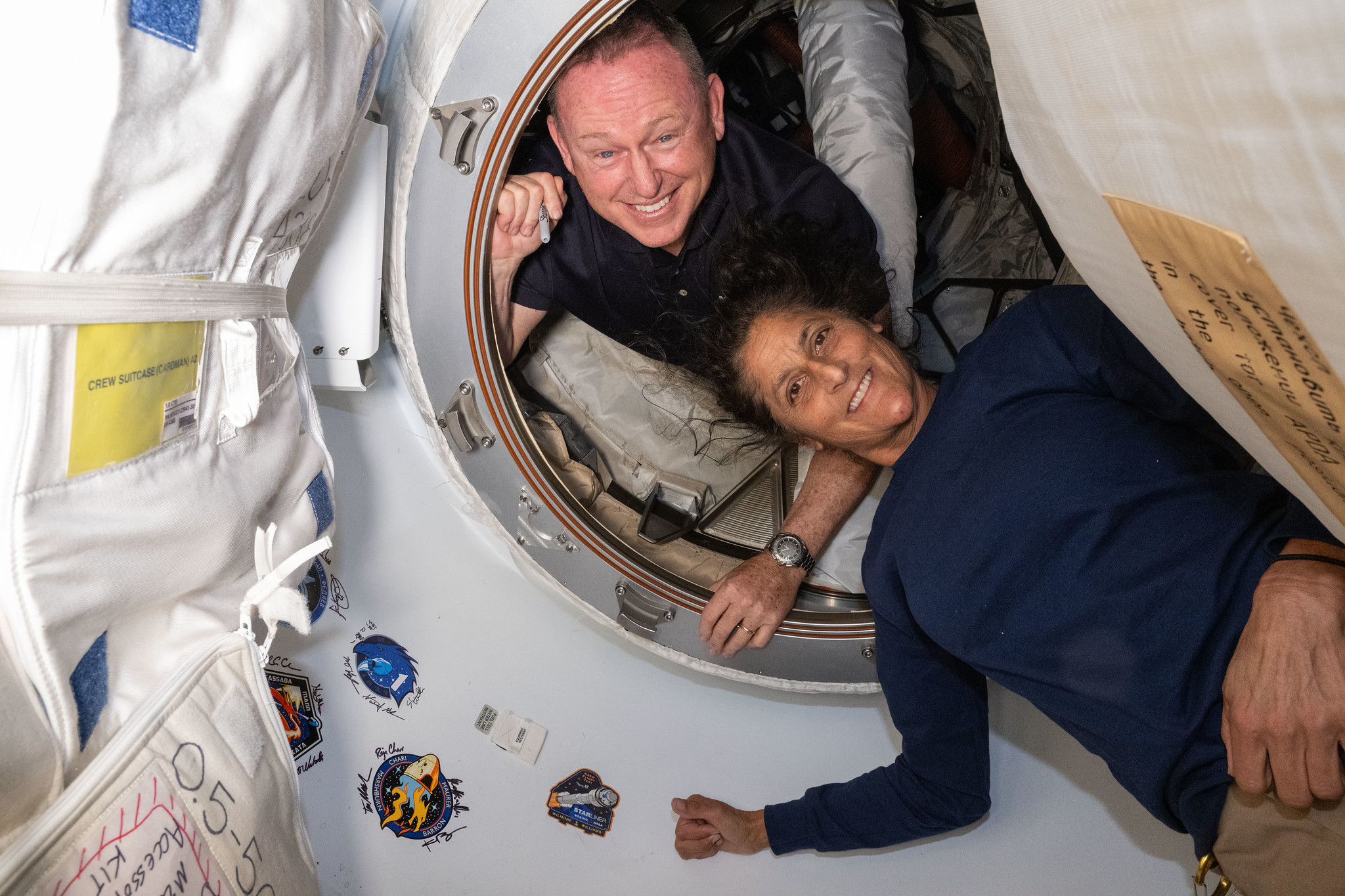Since the International Space Station began operations more than two decades ago, crews have lived and worked in microgravity to conduct a range of research that will benefit life on Earth and future space exploration missions, and to perform operational tasks to keep the state-of-the-art science laboratory in optimal operating condition.
More than 270 people have now arrived at the space station. The most recent visitors include NASA astronauts Butch Wilmore and Suni Williams, who arrived on June 6 as part of the agency’s Boeing Crew Flight Test.
Wilmore and Williams, both veterans of two previous space flights, have quickly settled into station life, living and working in low Earth orbit alongside the Expedition 71 crew. The pair have performed a variety of scientific and operational tasks, including fluid physics research, facilities maintenance, robotic operations, Earth observations and more.
Check out some highlights from Wilmore and Williams’ mission below.
Providing adequate water and nutrients to plants growing in space is critical as missions expand into low Earth orbit and beyond, to the Moon and eventually Mars.
During their stay on board the orbital laboratory, Wilmore and Williams tested how different techniques could positively affect plant growth in space as part of the plant water management study.
This study uses the physical properties of liquids (surface tension, wetting and system geometry) to overcome the lack of gravity and provide moisture to plants, which could advance the development of hydroponic systems for use in future space travel.
Another investigation that looks more closely at growing plants in space is the Vegetable Production System (Veggie). Crews aboard the space station have used Veggie to grow fresh fruits and vegetables and even flowers. This has provided the astronauts with nutritious fresh food, boosted morale and increased well-being.
In preparation for the upcoming work with Veggie, Wilmore has installed a light meter in the facility that will help crew members take light measurements and adjust light settings in the future as they try out their green thumbs in space.
For more than two decades, astronauts aboard the space station have been in contact with students and hobbyists around the world, sharing details about living and working in microgravity.
In early August, Williams used the amateur radio to contact students from Banda Aceh, Indonesia, and answer questions about station research as the orbiting laboratory flew overhead.
These space-to-Earth conversations inspire younger generations to pursue interests and careers in STEM and provide school communities with opportunities to learn about space technology and communications.
Astrobee, a set of three free-flying robots, often buzzes around the orbiting laboratory, demonstrating how technology could assist astronauts with various tasks such as routine work and maintenance.
Throughout the mission, Williams turned on Astrobee and monitored operations while ground controllers remotely mapped the interior of the orbiting laboratory, practiced docking maneuvers and tested how the robots performed various tasks.
Since the beginning of manned space flight, astronauts have been photographing Earth from space, recording the wonders and environmental conditions of our home planet.
At an altitude of 400 kilometers, crew members often spend their free time taking photos from the cupola, or “window to the world.” The space station’s unique vantage point provides a glimpse into how Earth has changed over time and allows scientists to better understand important data from the perspective of the orbiting complex, while improving the crew’s mental well-being.
During their mission, the astronaut duo captured hundreds of photos of Earth, including auroras, land, sea, orbiting sunrises and sunsets, and more.
Wilmore and Williams continue to support day-to-day operations of the space station while NASA and Boeing evaluate potential return options. For the latest information on NASA’s commercial crew activities, including Boeing Crew Flight Test, visit the Commercial Crew Program blog.
For daily updates on the space station and more information about research under microgravity conditions, visit the space station blog.

